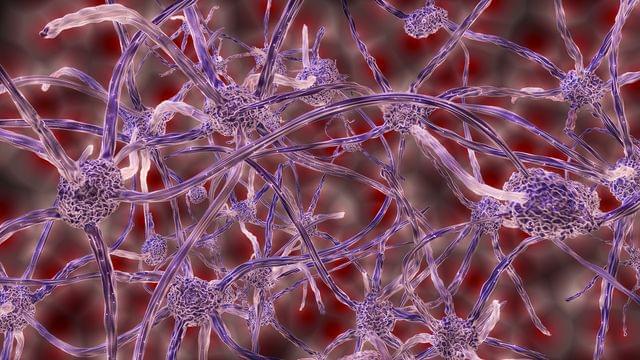“We took skin biopsies from patients living with Huntington’s disease and reprogrammed the skin biopsies into neurons. We then compared these neurons with reprogrammed neurons from healthy people. The results are very interesting. We have found several defects that explain some of the disease mechanisms in neurons from patients with Huntington’s disease. Among other things, we observed that neurons from patients with Huntington’s disease show problems in breaking down and recycling a particular kind of protein – which can lead to a lack of energy in these cells”, says Johan Jakobsson, professor of neuroscience at Lund University.
The researchers have also measured the biological age of the cells and observed that the reprogrammed neurons retain their biological age, which is significant if they are to be used for research in the new model system.









Comments are closed.